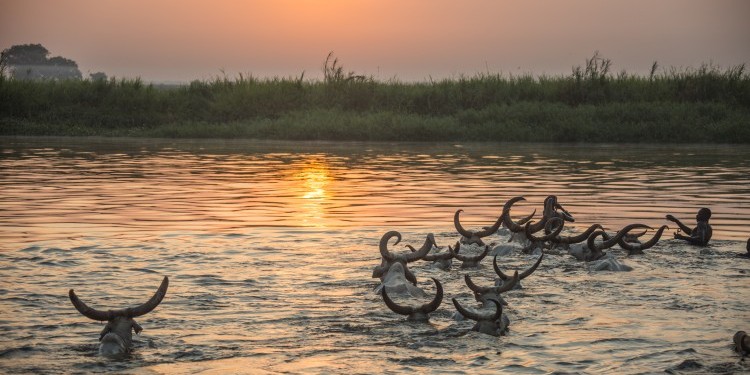Best time to visit South Sudan
The Republic of South Sudan is gifted with a vast collection of weather and climate, a feature that’s important in selecting a best period to visit the country. The country has a fair composition of both wet areas (water bodies – lakes, swamps, lagoons, etcetera) and dry lands (savannah lands, and semi-arid lands). With these, a tourist is able to ascertain the most suitable time to visit the country, but this column seeks to give insight of what’s really expected in the highlighted ‘best time’ of visiting the country. January up to December (basically any time of the year). The country receives limited rainfall and is therefore warm for the most period of the year, except in the month of July when temperatures lower.
Because of the country’s location North of the equator latitude, the country’s climate is generally tropical. This means long summers annually due to the high temperatures. This is also are the result of the general landscape of the country that’s located on a raised plateau expanse of about 1,500 ft., to about 2,500 ft. The rainy season comes with its advantages too to which the lowering in the general temperatures tops the list.
The greatest landscape area of the country is covered and dominated by the savannah vegetation which is characterized by majorly vast grasslands, and scattered trees. This vegetation type is dominant in the semi-arid lands mostly in the Northern parts of the country. The Republic of South Sudan also has some mild cover of tropical vegetation. This is present in the South Western part of South Sudan mainly because of the effect of the River Nile.
The North Eastern side of the country has similar conditions, which attract more rainfall totals in the areas covered by the Sudd. The wetlands are a formation of the persistent flooding of the River Nile which leaves water filling the basin lowlands. These areas get unique temperatures during the wet summer, compared to many other parts of South Sudan.
The beauty with South Sudan is the limited climate disruptions. In tropical Africa, the dry weather is the best season for tourism often and sought much because of the sunshine that comes with it. Most tourists enjoy the glare as the rays hit their skins. The other advantage is that the dry season doesn’t command much caution requirements as would be required in the overly wet tropical areas of Africa.
The South Eastern side which is on the neighboring edges with the Republic of Kenya (Turkana lands), and the North Eastern part on the outskirts of South Sudan experience highest temperatures annually, with low or no rainfall at all. The season also comes with strong winds that ferry dust to the sky for lengthy distances.
As the month of May approaches, the nimbus cloud cover starts taking shape. Different from a many of its tropical Africa counterparts, the wettest period doesn’t go on for many months. It’s usually at the peak in August and September. Shortly after that, the hot season arises, until the next year. This period also gives way for the clear blue skies which are equally a great scenery.
These weather conditions therefore, are an outstanding advantage as to why any prospective tourist should visit the Republic of South Sudan.





